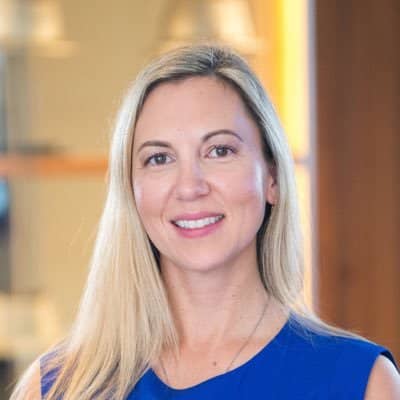With vendors investing 20% or more of product revenue into R&D (research and development) —according to a new report from Coalition Greenwich—the evolution of Order Management System (OMS) platforms is expected to accelerate.
As buy-side firms grapple with the growing complexity of markets, assets, and regulatory demands, OMS providers are under pressure to deliver solutions that are not only innovative, but also scalable, modular, and deeply integrated across the investment lifecycle.
A new report from Crisil Coalition Greenwich, OMS Benchmarking: Providers, Market Sizing and What’s Next, highlights the rapid pace of change reshaping the OMS landscape. The report identifies key vendors and provides a comprehensive analysis of system capabilities based on factors like platform architecture, client segmentation, primary geography, and product coverage.

“OMS solutions are increasingly modular, open and customizable,” said Audrey Costabile, Senior Analyst for Coalition Greenwich and the report’s author.
“While the ultimate goal of many buy-side firms is to have a single front-to-back solution, many are taking an incremental approach initially.”
Buy-side firms are increasingly prioritizing multi-asset capabilities, driven by the need to manage everything from equities and fixed income to alternatives and derivatives within a single, cohesive framework.
OMS vendors are responding by broadening asset class coverage and embedding advanced workflow features such as real-time compliance checks, audit trails, and enhanced portfolio modeling.
Vidya Guruju, Product Management Director for Fixed Income Trading at Charles River Development, explained how their team is responding to this shift.
“Our clients include 53 of the 100 largest investment managers globally,” Guruju said. “We stay in close contact with them to understand what’s coming down the pike, and what is a transitional trend versus a systemic change,” he told Traders Magazine.

Charles River’s current priorities include fixed income dealer connectivity, ETF automation, Microsoft Teams integration, and deeper desktop interoperability.
Guruju emphasized the importance of balancing innovation with reliability, noting the firm’s $150 million annual product development budget is strategically allocated.
“We maintain separate ‘buckets’ for solution maintenance versus innovation and expansion,” he said.
“That helps us focus on delivering the best possible workflow experience while meeting regulatory and performance expectations.”
For many firms, the ability to see their full portfolio exposure—including open risk across all asset classes—is becoming a top priority.
Philippa Thompson, Global Head of Buy Side Foundations Product at Bloomberg, said this shift requires a rethinking of how data is structured and used.
“If I, as a client, am not able to view a holistic view of my open risk, then how can I hedge or mitigate unintended risks?” Thompson asked.
To support this need, Bloomberg is working to decouple lifecycle actions from asset class-specific characteristics and implement common data models.
This standardization allows clients to integrate new insights more easily, streamline analytics, and improve data governance.

“This rationalization of data drives our clients’ ability to innovate and automate processes, creating more efficiency and letting them spend more time fine-tuning outcomes,” Thompson said.
Despite excitement around artificial intelligence, mobile apps, and other cutting-edge technologies, much of the ongoing investment in OMS platforms is focused on foundational capabilities.
Vendors are modernizing infrastructure with cloud-native designs, open APIs, and enhanced automation tools to improve performance, version control, and integration.
“Charles River was built from the ground up to be an open, highly configurable platform,” said Guruju. “Performance and minimal response times are part of every third-party vendor certification and onboarding process.”
For Bloomberg, delivering a modern OMS means more than just technical enhancements—it’s about creating a resilient foundation for decision-making in volatile markets.
“The world doesn’t sit still,” Thompson said. “What worked well until March might not work as well in April. Observability is key, and the buy-side needs a partner who can help them adapt and apply those learnings to mitigate future risks.”
With the pace of technological change showing no signs of slowing, the pressure is on for buy-side leaders to make smart, future-ready investments.
The Crisil Coalition Greenwich report underscores that the OMS vendors who prioritize openness, modularity, and client alignment will be best positioned to lead.
“The ability to scale, customize, and connect seamlessly with an evolving tech and regulatory landscape will define which OMS vendors rise to the top,” concluded Costabile.




